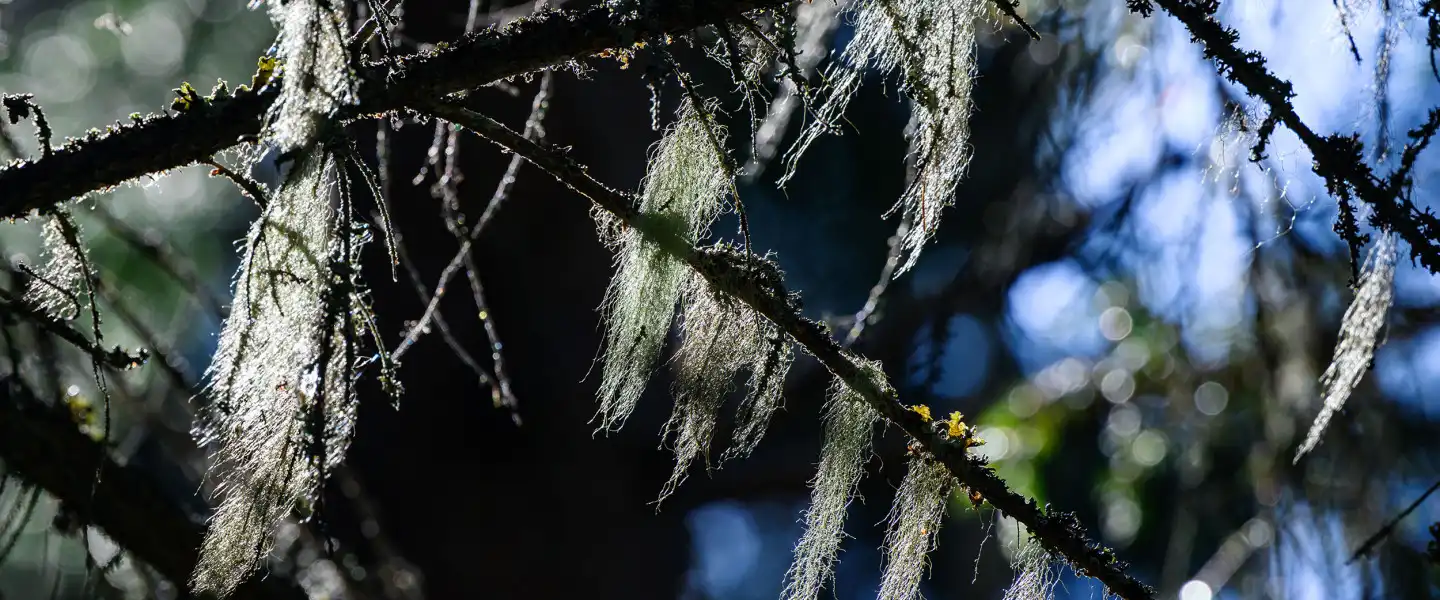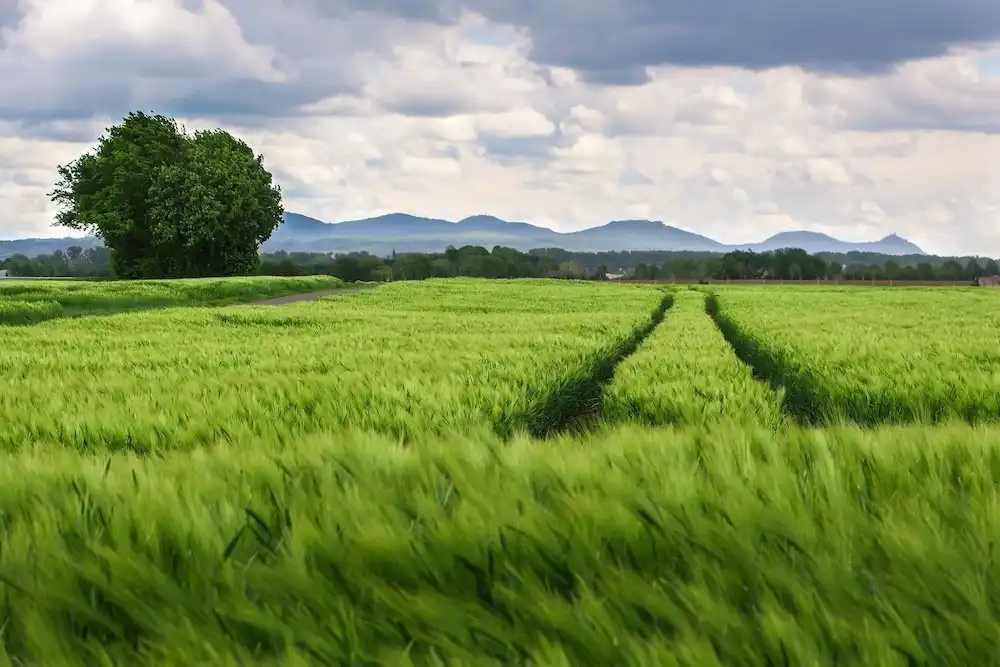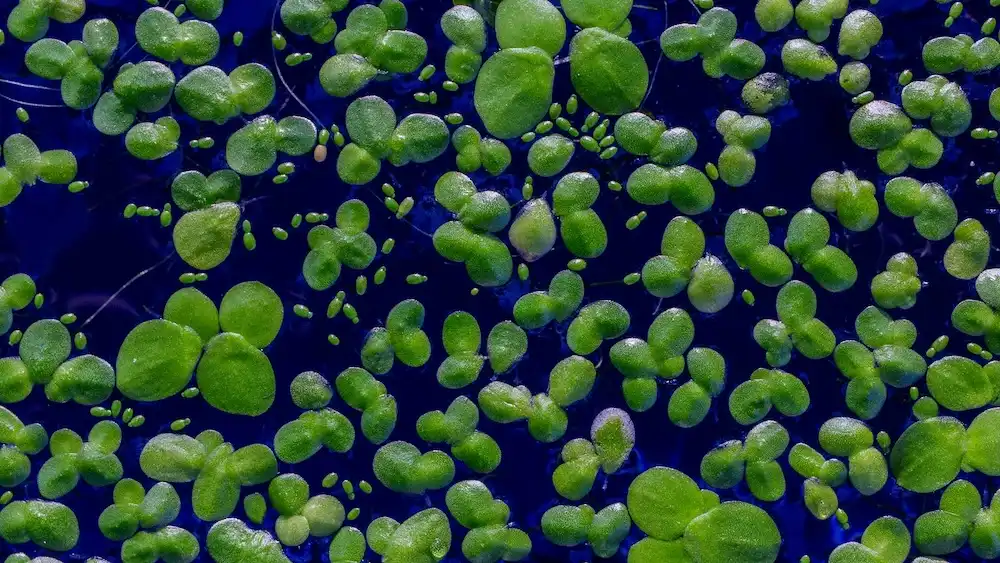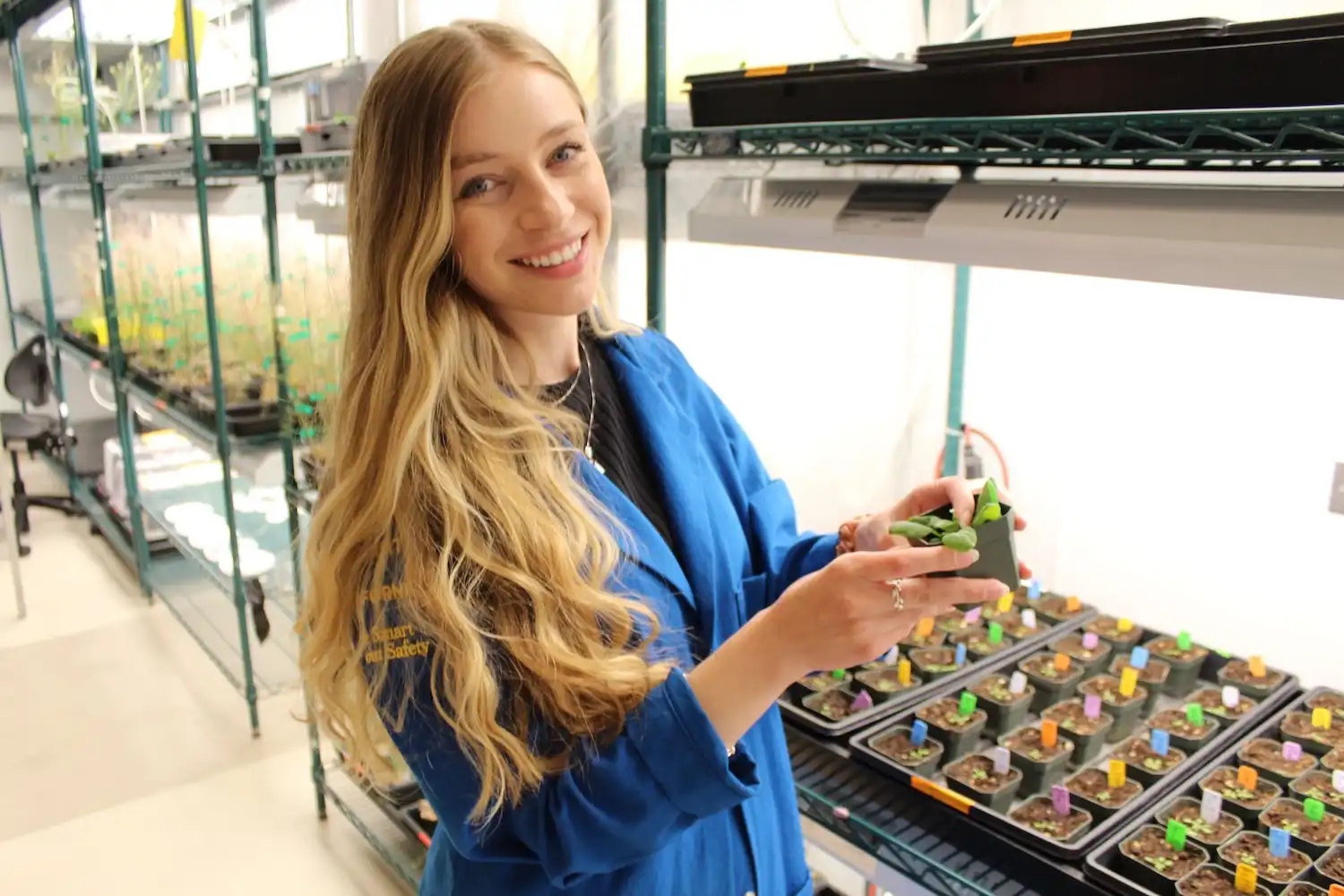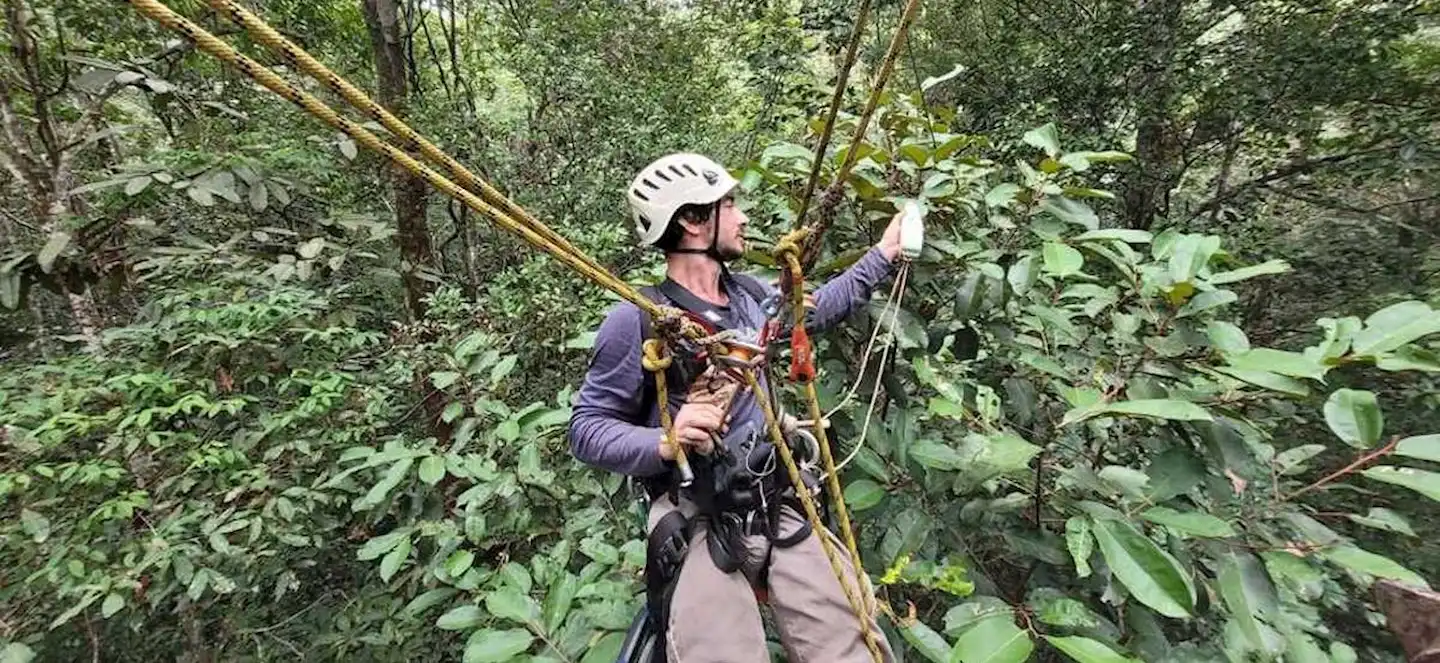
In a recent study, researchers have uncovered how Amazon rainforest canopy trees manage the intense sunlight they absorb — revealing resilience to hot and dry conditions in the forest canopy while also offering a way to greatly improve the monitoring of canopy health under increasing extreme conditions.


